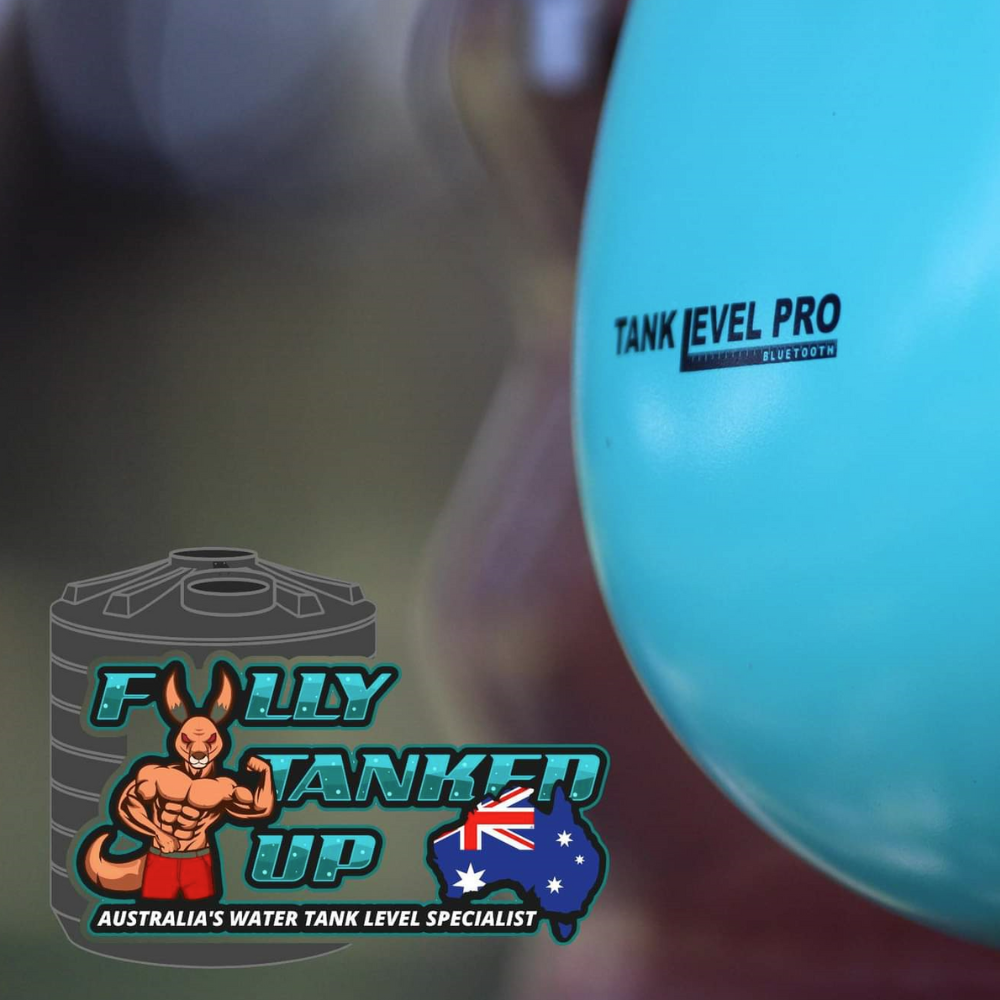If you have a water tank on your property, it is important to clean it regularly. A dirty water tank can lead to all sorts of problems, from decreased water pressure to contaminated drinking water. In this blog post, we will discuss the importance of regular water tank cleaning and how to go about it!
How do you clean a tank?
Primarily, you should always start by draining the tank completely. This can be done with a pump or simply by opening the drain valve. Once your tank is empty, use a pressure washer to thoroughly clean out all the sediment and build up inside. Make sure you also give extra attention to areas around fittings and pipes where sediment accumulates. After you’ve thoroughly washed the inside of the tank, it should be refilled and treated with a water-tank cleaning agent such as chlorine or a specialized product for water tanks.
How often should I clean my tank?
This depends on several factors such as the type of tank, its size, how often it is used and other environmental factors. Tanks should be cleaned at least once every two years but if you’re using your tank frequently then we recommend cleaning it more regularly.
How much will it cost?
The cost of water tank cleaning can vary depending on the size and type of tank, as well as where you live. It is best to hire a professional cleaner who can advise you on how often your tank should be cleaned and what products are needed for safe cleaning.
How much water will I lose?
The amount of water you lose during tank cleaning will depend on the size and type of your tank. It’s a clever idea to fill up an extra tank with some of your tank’s clean water before draining it for cleaning, as this can be used to refill the tank once it is finished being cleaned.
Do you have to get inside my tank?
This depends on the type and size of your tank. A professional cleaner will not need to get inside the tank but may use specialized equipment such as a remote camera to assess its condition.
Why does my Rainwater get smelly?
Rainwater can sometimes become smelly due to the build-up of organic matter such as leaves and twigs. Regularly cleaning your tank is essential to keeping it free from odours and ensuring the safety of your drinking water.
What are the hazards of tank cleaning?
If done incorrectly or without the right safety equipment, tank cleaning can be dangerous. The water you are draining may contain harmful bacteria such as legionella and it is important to wear protective clothing while cleaning your tank.
Which chemical is used for tank cleaning?
Chlorine is the chemical most used to clean water tanks. This can be added directly to the tank or dissolved in the water before it is added. When using chlorine, always follow the manufacturer’s instructions and use caution when handling this product.
How many water tanks are in Australia?
In Australia, there are an estimated nine million water tanks in use. This figure includes both domestic and agricultural tanks which provide a valuable source of fresh water for many rural and remote areas.
Where is the biggest water tank in Australia?
The biggest water tank in Australia is located near the town of Coorong, South Australia. This giant tank, known as the Murray-Darling Basin is twelve kilometres long and holds up to five million megalitres of fresh water!
What is the average size of a water tank in Australia?
The average size of a domestic water tank in Australia is 5,000-10,000 litres. This is enough to provide drinking water for four people and can be easily installed in either urban or rural areas.
What is gray water?
Gray water is wastewater that has been used either in the shower, bathtub or washing machine. This type of wastewater can be recycled and used for watering gardens and flushing toilets.
What is potable water?
Potable water is safe drinking water that has been treated to remove any contaminants such as bacteria, parasites, or viruses. This type of water can be used for all domestic purposes and should always come from a reliable source.
Summary
Regular tank cleaning is an important part of maintaining your tanks and ensuring the safety of your family’s drinking water. By understanding the importance of tank cleaning and following the correct procedures, you can reduce the risk of bacteria and other contaminants entering your home’s drinking supply. Remember to always consult a professional if you are unsure of how to clean your tanks correctly or what chemicals are safe to use. Keeping your tanks in top condition is essential for the health and well-being of you and your family. Fully Tanked Up’s water level indicator can help you track how much water is in your tank and alert you when it is running low. It could be beneficial to clean your tank when it’s at its lowest level to prevent build-up and reduce the amount of water that needs to be removed. Please check out our other blogs on water tank cleaning and maintenance and follow us on
social media for the latest updates.
Choosing a Rainwater Tank – What the Water Tank Level Indicator Experts Have to Say
We used the below social media hashtags when posting content related to this topic:
#How to clean water tank
#How to clean tank water
#How to water tank cleaning
Thank you for reading! Have a wonderful day!
Thanks for reading! To get more tips, tricks, and advice about water tanks, please visit our
website and follow us on social media. We are here to make sure that your tanks stay in top
condition!
Happy tank cleaning!






